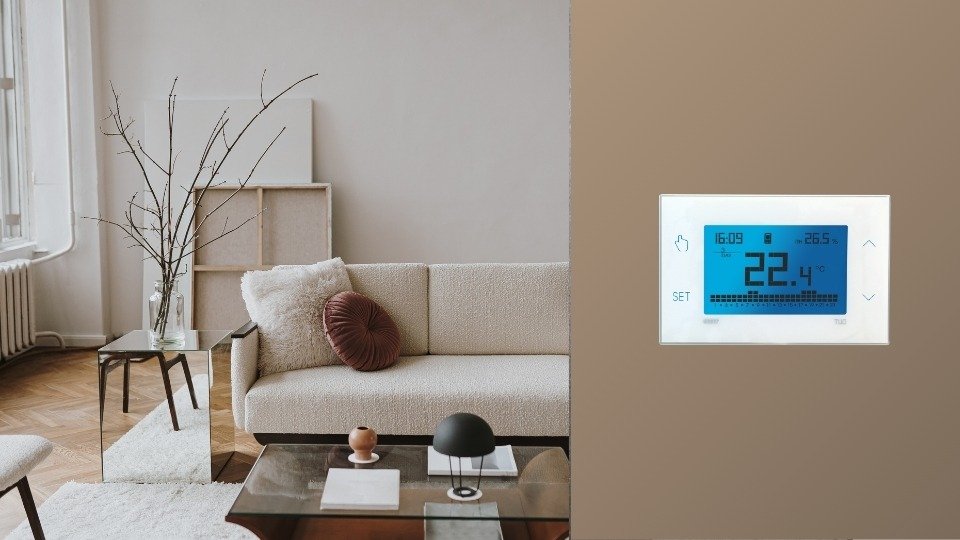When we think about home maintenance, door hardware rarely makes the priority list. That is, until something sticks, squeaks, or flat-out refuses to work.
But you shouldn’t wait that long! Locks, latches, and handles are the first line of defense and the difference between smooth daily comings and goings. Just try to think about how much of an inconvenience it would be if the deadbolt on your front door decided to just stop working.
Then, there’s the security factor. Over 34% of burglars enter through the front door, and outdated or poorly maintained hardware is a contributing factor to this.
If you want to ensure your home is safe when you’re away and welcoming when you return, here are a few ways to keep your doors’ hardware in tip-top shape without investing a fortune.
READ ALSO: The Dos and Don’ts of Home Entryway Upgrades
Spot the Signs Before It’s Too Late
The door hardware includes elements we don’t usually pay attention to, like handles, locks, or latches. These are silent hard workers who carry the literal weight of the door and support its day-long activities.
But just because you don’t see or hear them, it doesn’t mean you shouldn’t be more interested. After all, responsible homeowners also replace and repair their fence every few years and take care of tree branches that may encroach on their neighbors’ land.
Checking door hardware is also an important part of property maintenance. Wiggly handles that no longer sit flush against the door, stiff locks that grind when you turn the key, or misaligned latches that make the door hard to close are all clear signs you should pay more attention.
The average residential lock lasts between 5 to 7 years, but if it’s been a while, give your hardware a once-over before it becomes a security liability.
Quick Fixes and Smart Maintenance Tips
The good news is that, if you keep proper maintenance, there’s no need to hire a handyman. Here are a few tips to keep your costs to a minimum:
- Lubricate locks twice a year. Skip the WD-40 and opt for graphite powder or a silicone-based lubricant instead. It keeps the internal mechanism smooth without gumming things up.
- Tighten loose screws. Firm up handles, strike plates, or hinges with a screwdriver. If screws are stripped, swap them out for slightly longer ones for a tighter grip.
- Clean the hardware. Use a soft cloth, warm water, and a bit of dish soap to wipe down handles and other visible hardware. Avoid abrasive cleaners or anything acidic.
- Adjust door alignment. If the latch doesn’t line up, it could be that the door started to sag (it happens over time). Tighten the top hinge screws or use a longer screw to pull the door frame back into place.
- Install weatherstripping. It helps improve energy efficiency and protects hardware from moisture and temperature fluctuations that can cause warping or rust.
Bonus Tip: Always buy your door hardware from a reliable provider. This is especially important for exterior and storm doors, since they’re the most exposed ones. You can also find parts for storm doors (to replace used ones) through manufacturers’ websites, specialized hardware stores, or large retailers like Home Depot and Lowe’s. Just make sure you’re matching the brand and model since storm door hardware isn’t always one-size-fits-all.
Wrap Up
Proper door hardware maintenance is quick, simple, and pays off big. A few minutes of care can prevent costly repairs, extend the life of your locks, and boost your home’s security. It’s one of the easiest upgrades you can make.
You May Also Read: Catherine the Great Furniture: How a Tsarina Redefined Russian Opulence











